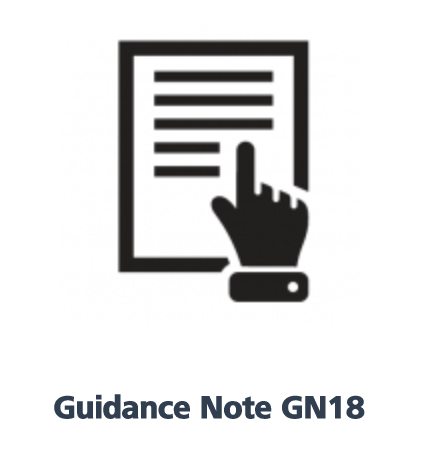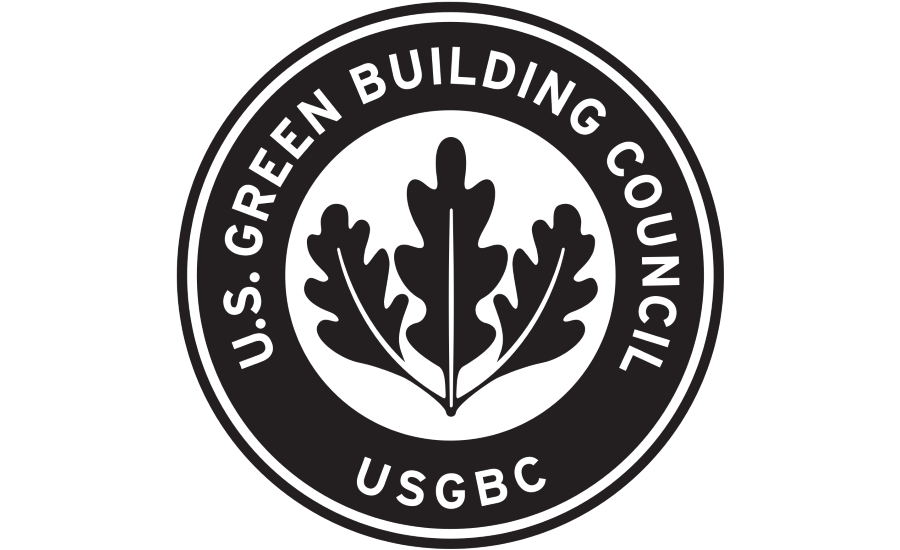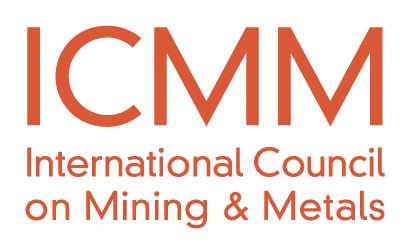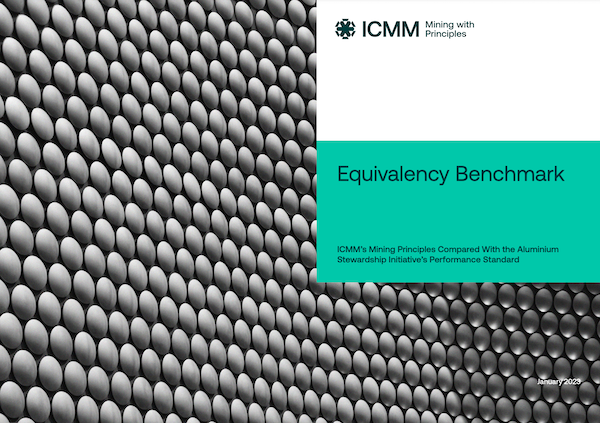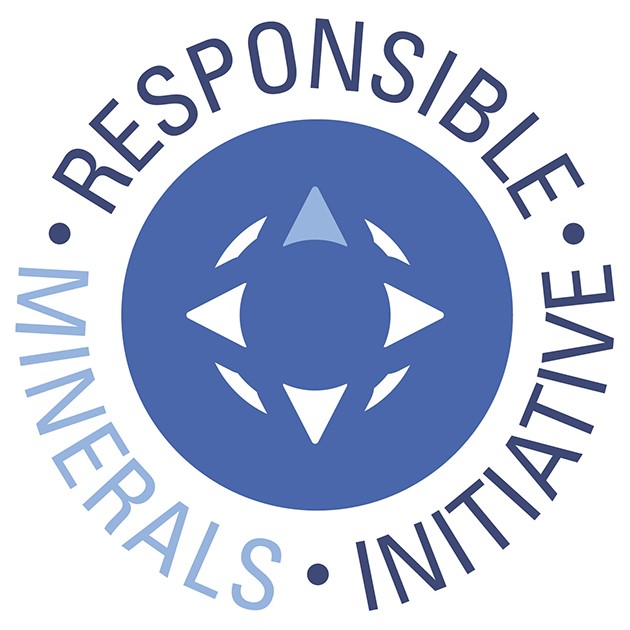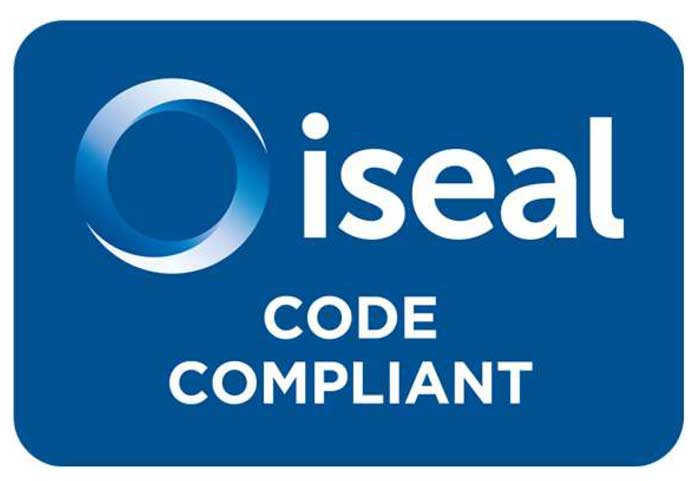About GBCA
Founded by Green Building Council of Australia in 2003, Green Star is an internationally recognised rating system setting the standard for healthy, resilient, positive buildings and places. Developed for the Australian environment, Green Star has certified thousands of sustainable fitouts, buildings, homes and communities across the country.
A Green Star certification provides independent assurance that high standards across a range of sustainability categories have been met. Green Star assesses and rates buildings, interiors and communities against a range of environmental impact categories that align with Sustainable Development Goals.
Green Star uses a rating scale to measure and reward projects that achieve best practice or above in their sustainability outcomes in four different categories for each project:
- Green Star – Buildings: Guiding the sustainable design and construction of schools, offices, universities, industrial facilities, public buildings, retail centres and hospitals.
- Green Star – Communities: Improving the sustainability of projects at the precinct or community scale.
- Green Star – Interiors: Transforming the interior fitouts in everything from offices and hotels to bank branches and shops.
- Green Star – Performance: Supporting higher levels of operational efficiency within existing buildings.

How it works
The Responsible Products Framework is a credit that falls under the ‘Green Star – Buildings’ category and aims to assess how responsible a product is, in order to drive the supply chain to deliver transparent, healthy, low-impact, and net zero carbon products that are part of a circular economy.
To verify how responsible a product is, Green Star relies on industry accepted initiatives and schemes. The ASI Performance Standard V3 has been recognised by Green Star under the Responsible Products Framework.
This means that ASI certified members can now contribute to Green Star credit points (under the ‘Green Star Building’ category: Responsible Structure, Responsible Envelope, Responsible Finishes, and Responsible Systems) for the structure on a project.
A Responsible Products Score Checker has been created to allow users to view their responsible product value for each product certification initiative as well as initiative combinations. To view initiatives (including ASI) and manufacturers recognised by GBCA please click here (an account must be created). To view the scores of each initiative and initiative combinations, click ‘+’ at the end of each row and see score the at bottom of the page.
What does a product manufacturer need to supply to project teams?
The product manufacturer must provide to the project team either one or multiple certificates, declarations, or similar verified documents that the product complies with.
How can product manufacturers communicate their achievements to project teams, procurement teams, etc?
Currently GBCA is working to develop appropriate language that will enable manufacturers to communicate their Green Star achievements. For now, companies should communicate any initiatives they comply with from our approved list to your stakeholders. GBCA also recommends companies to have an easy to find place in their website where project teams can collect this information from.
For more information, please see the ‘Driving responsible products in the built environment’ paper here: https://gbca-web.s3.amazonaws.com/media/documents/driving-responsible-products-in-the-built-environment.pdf


